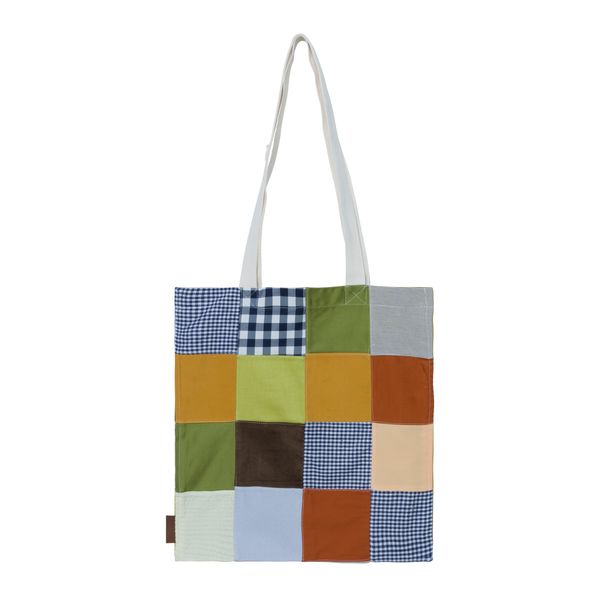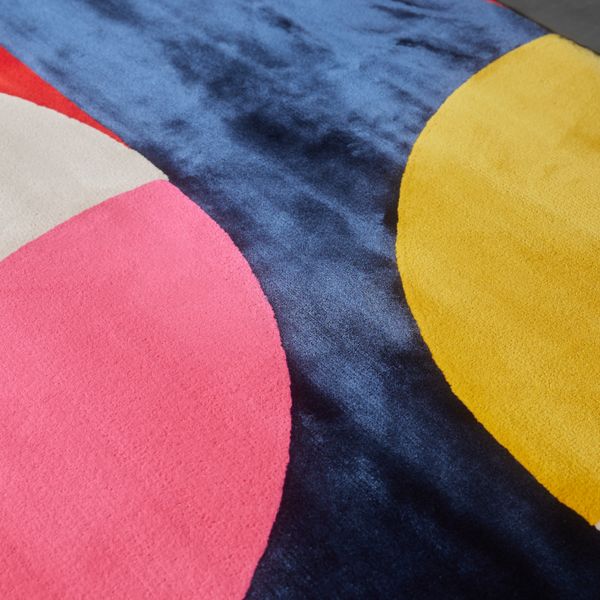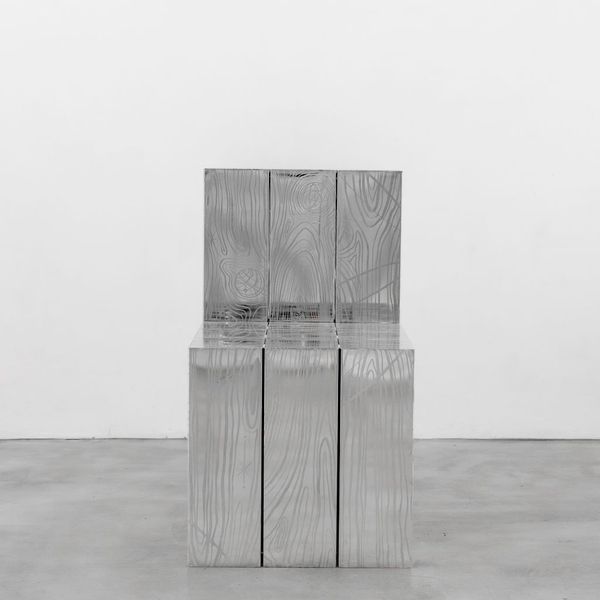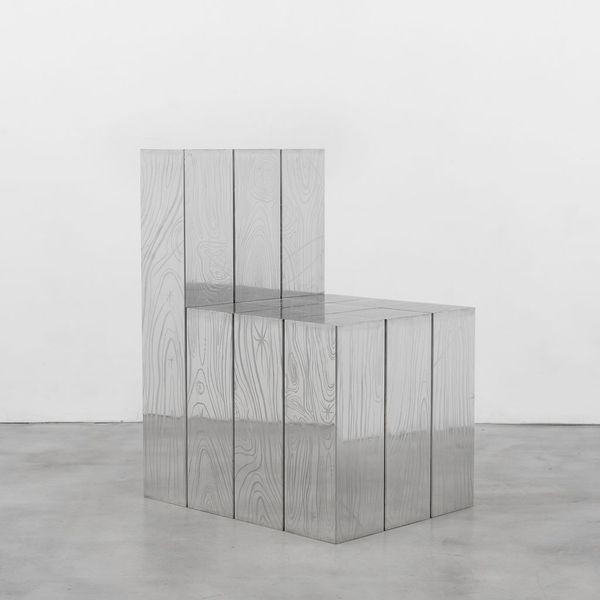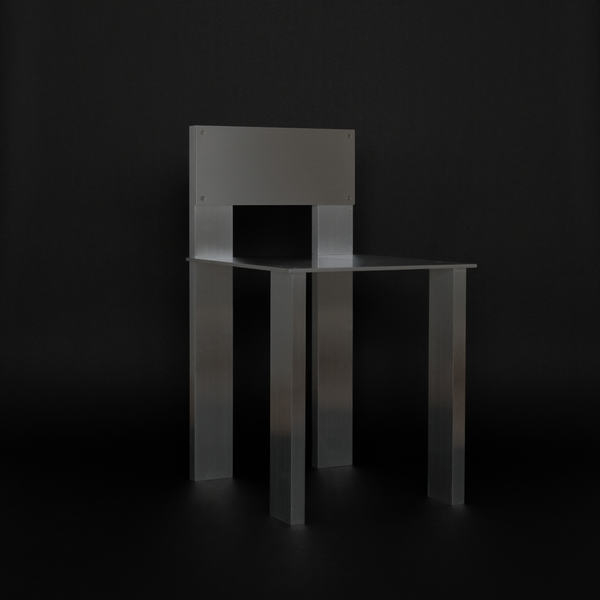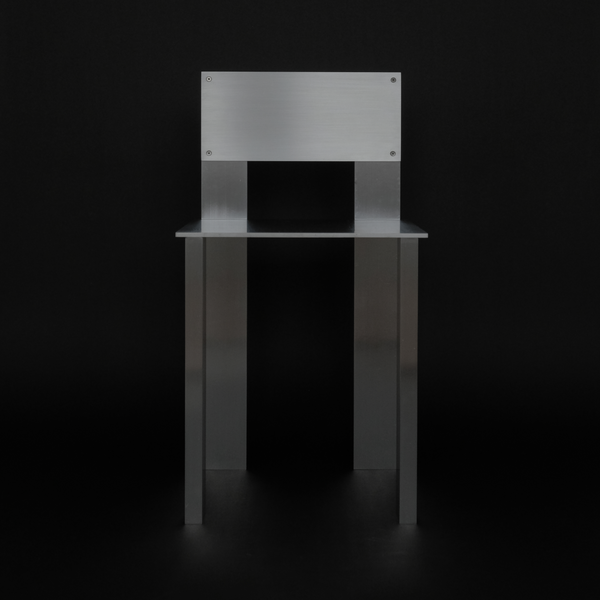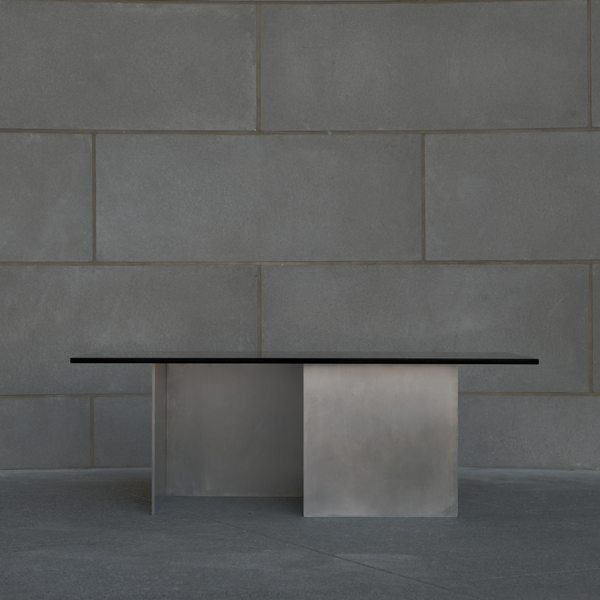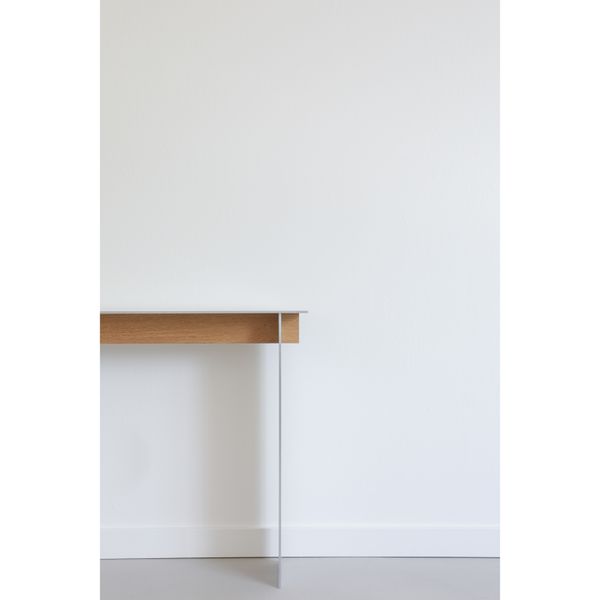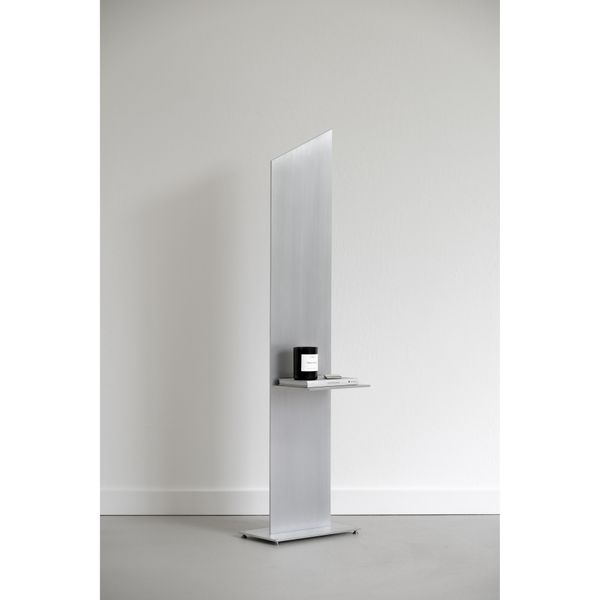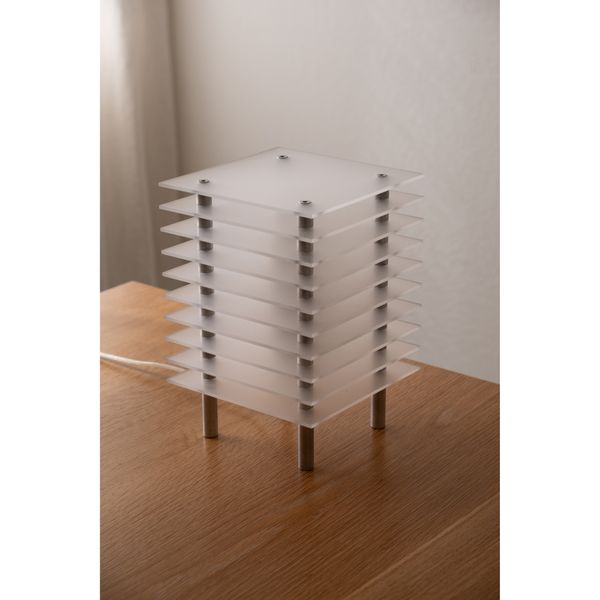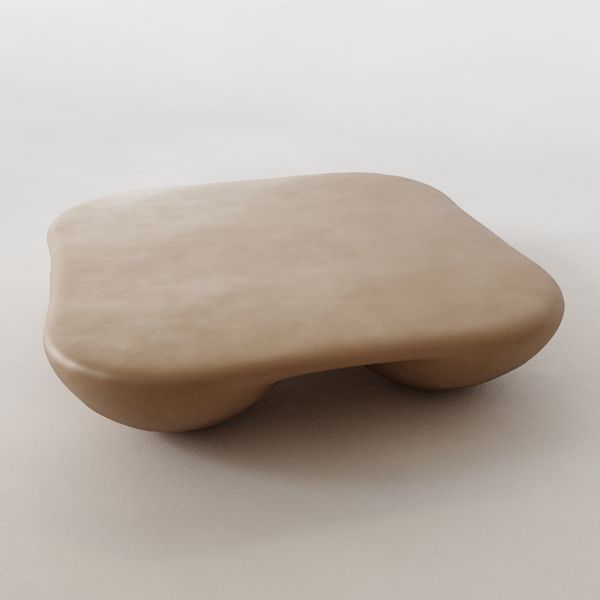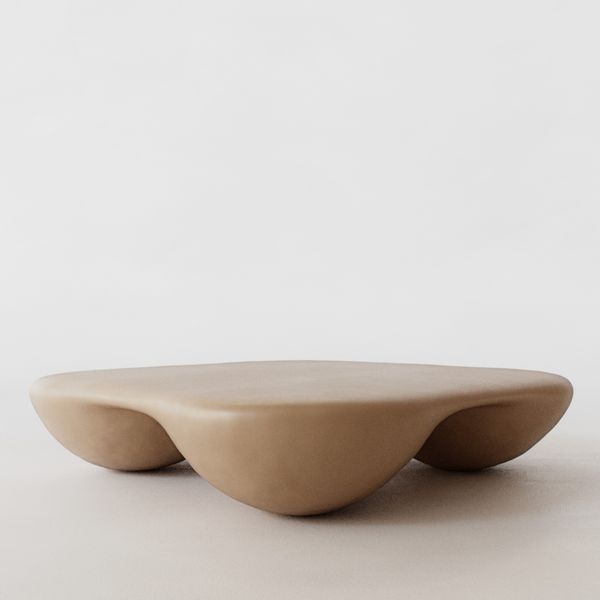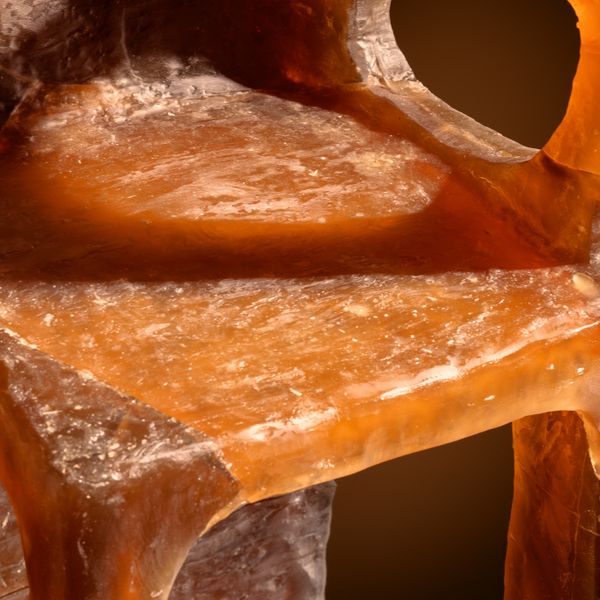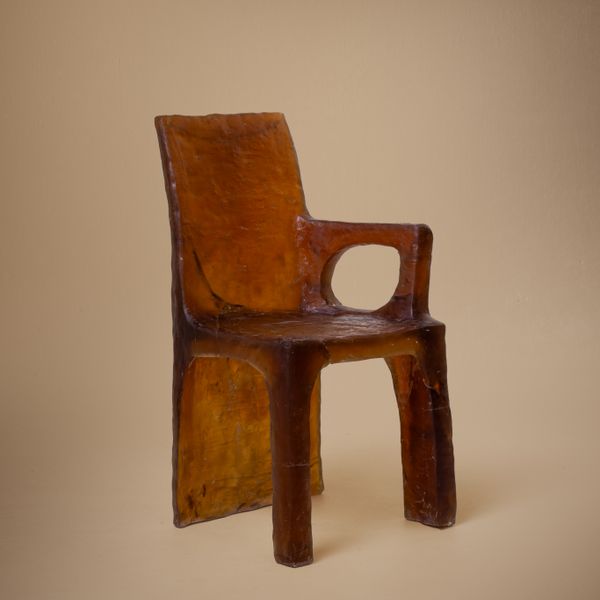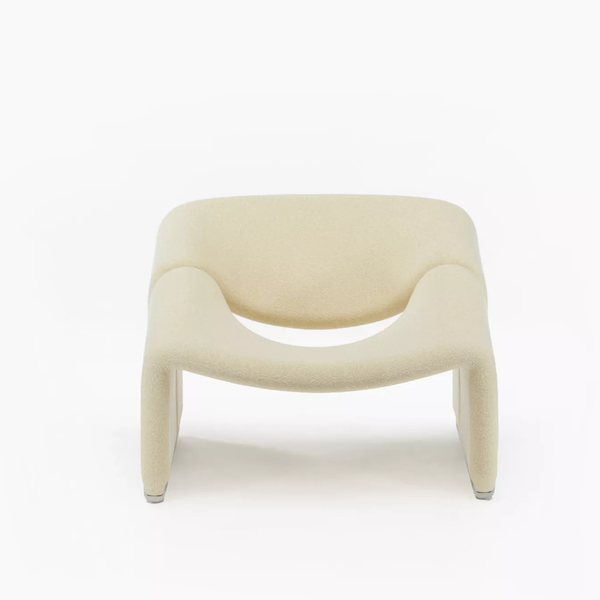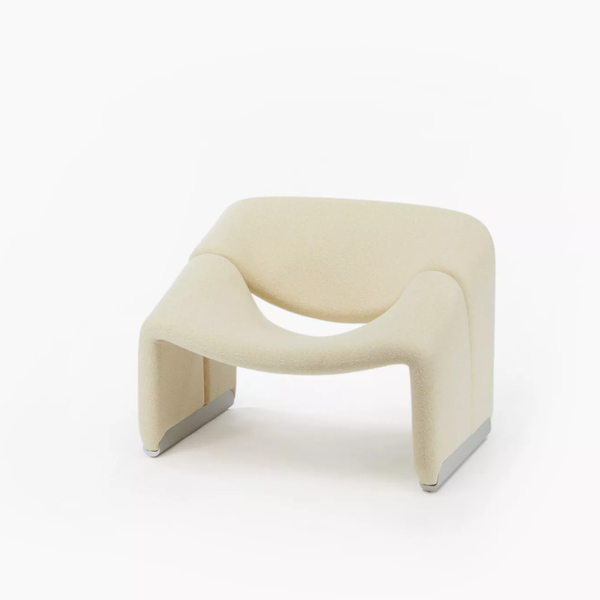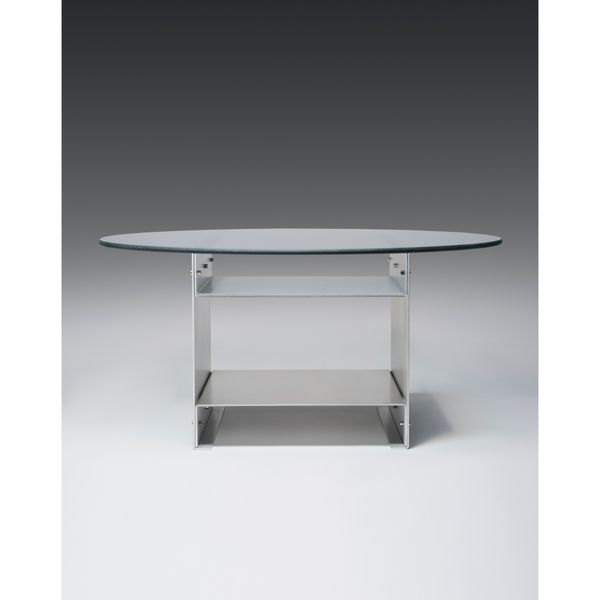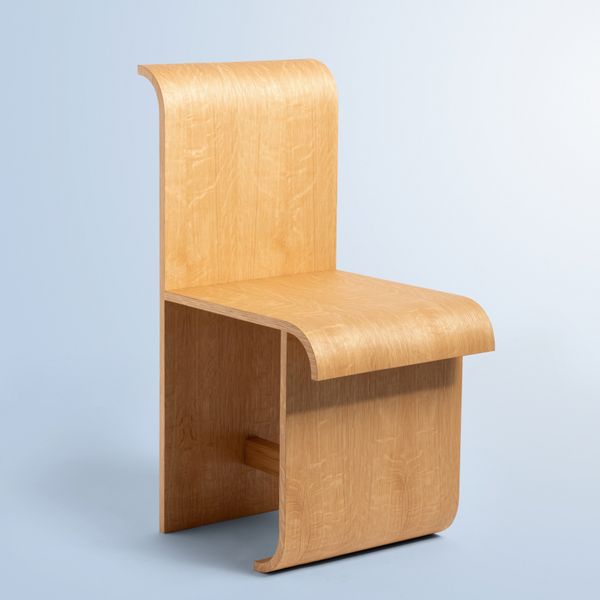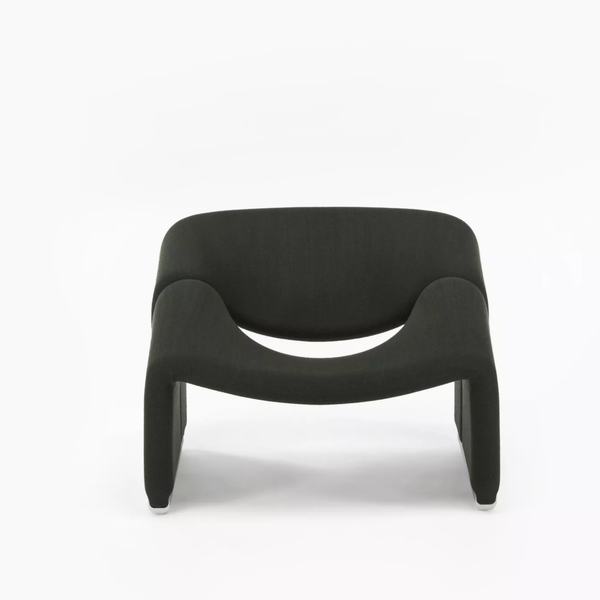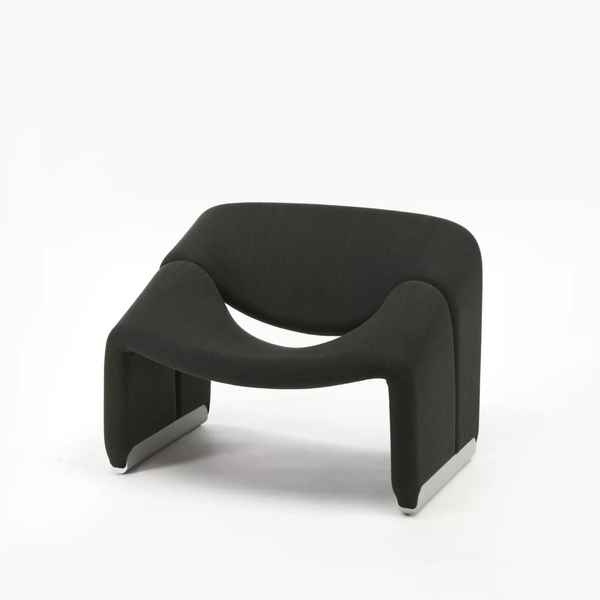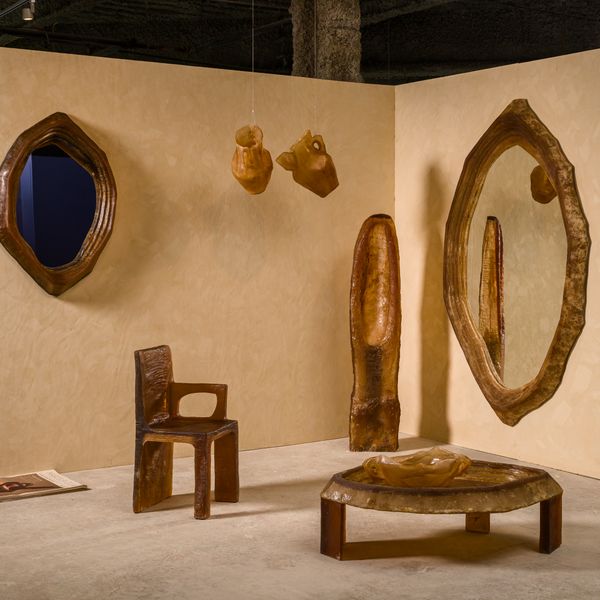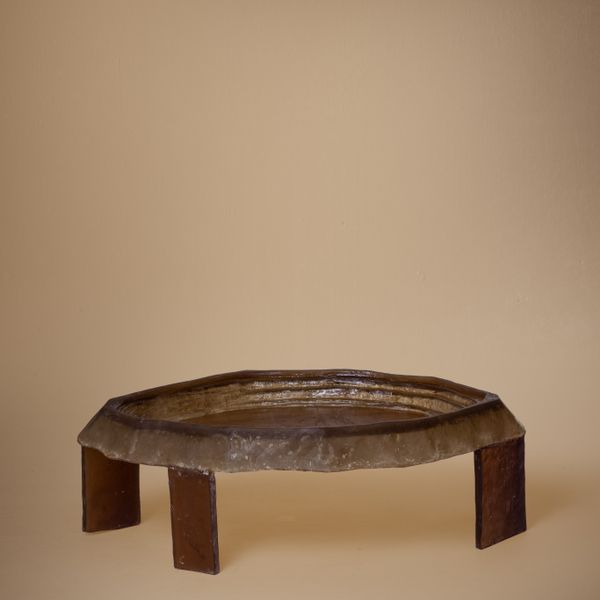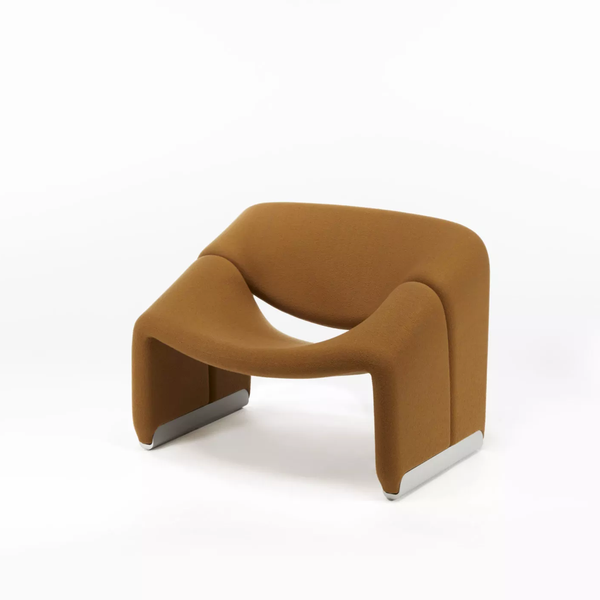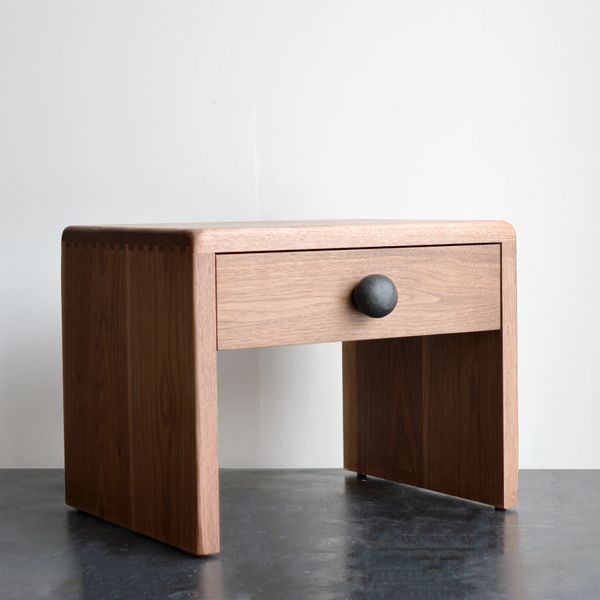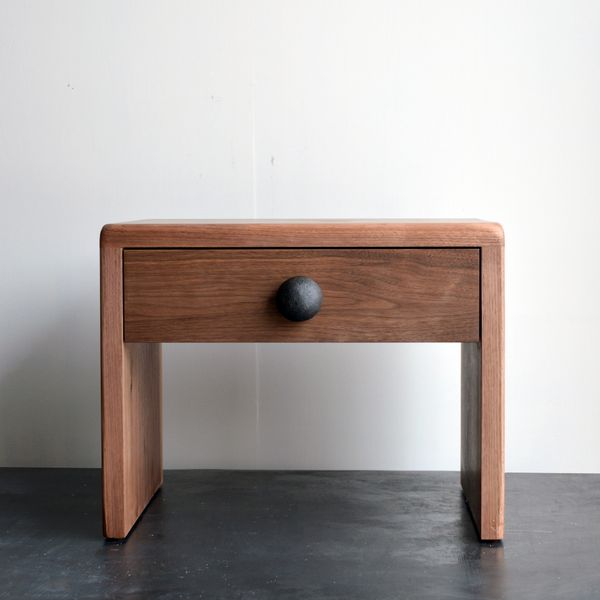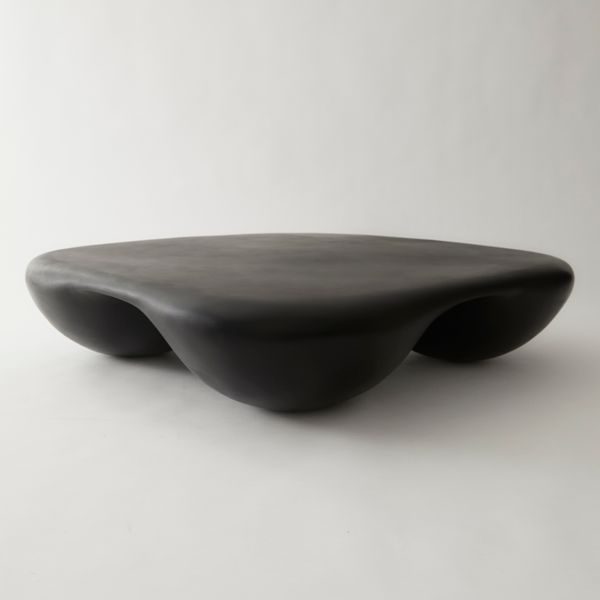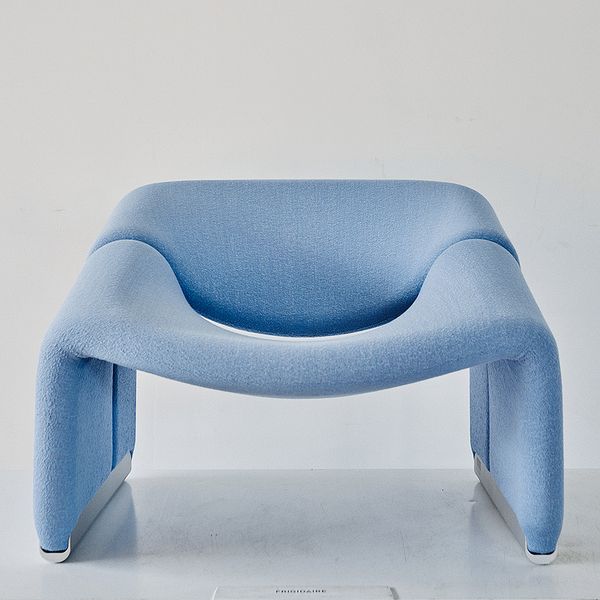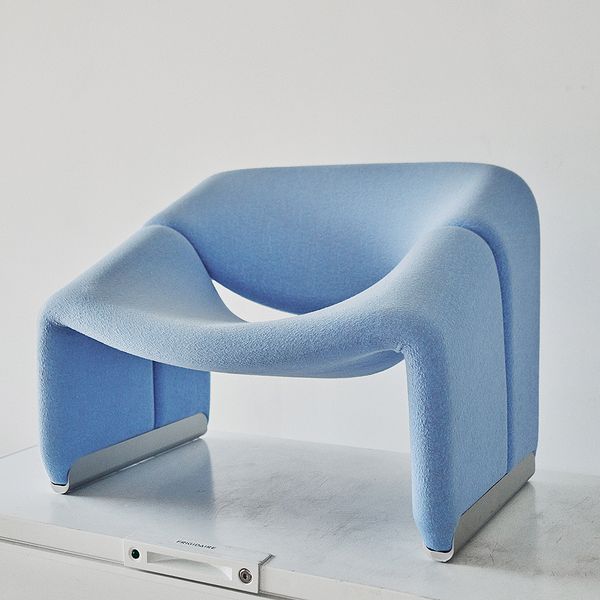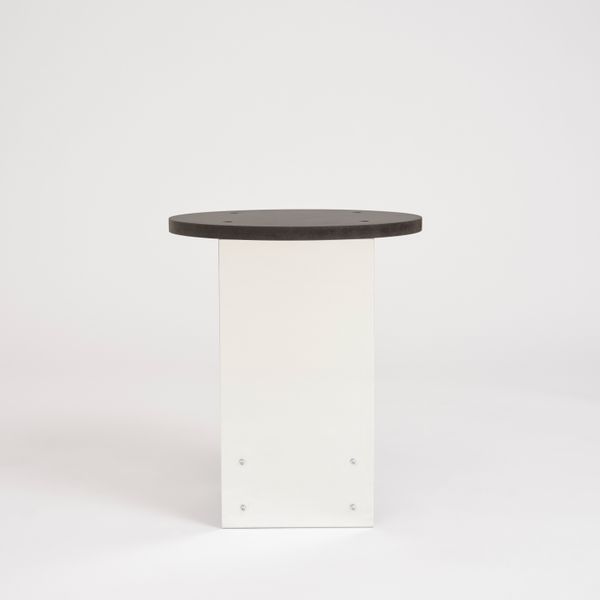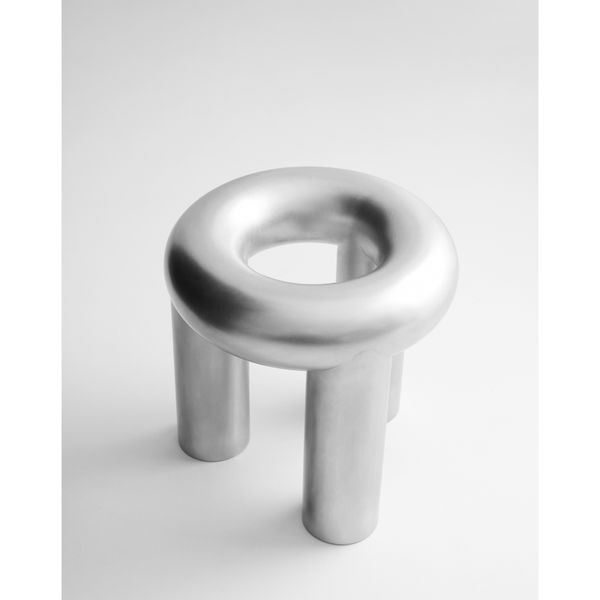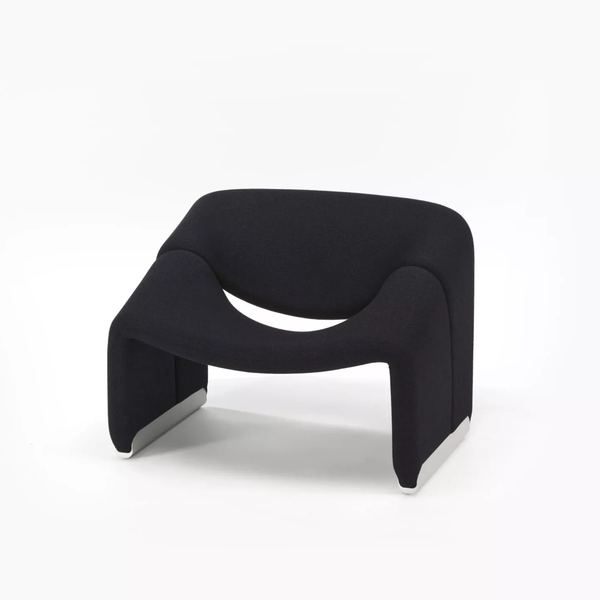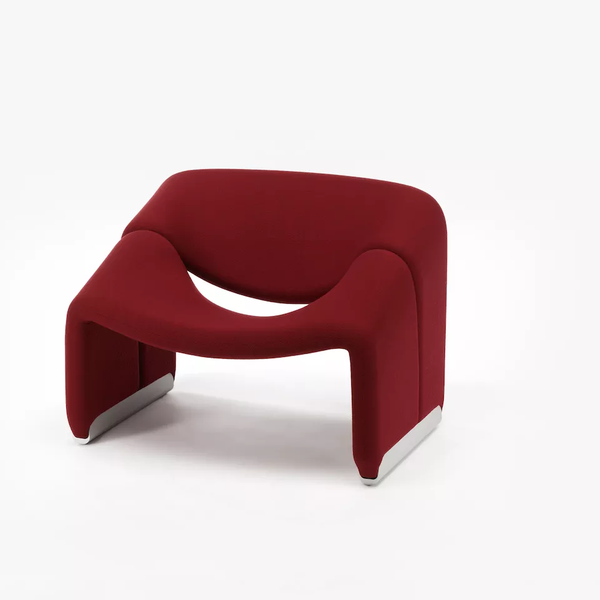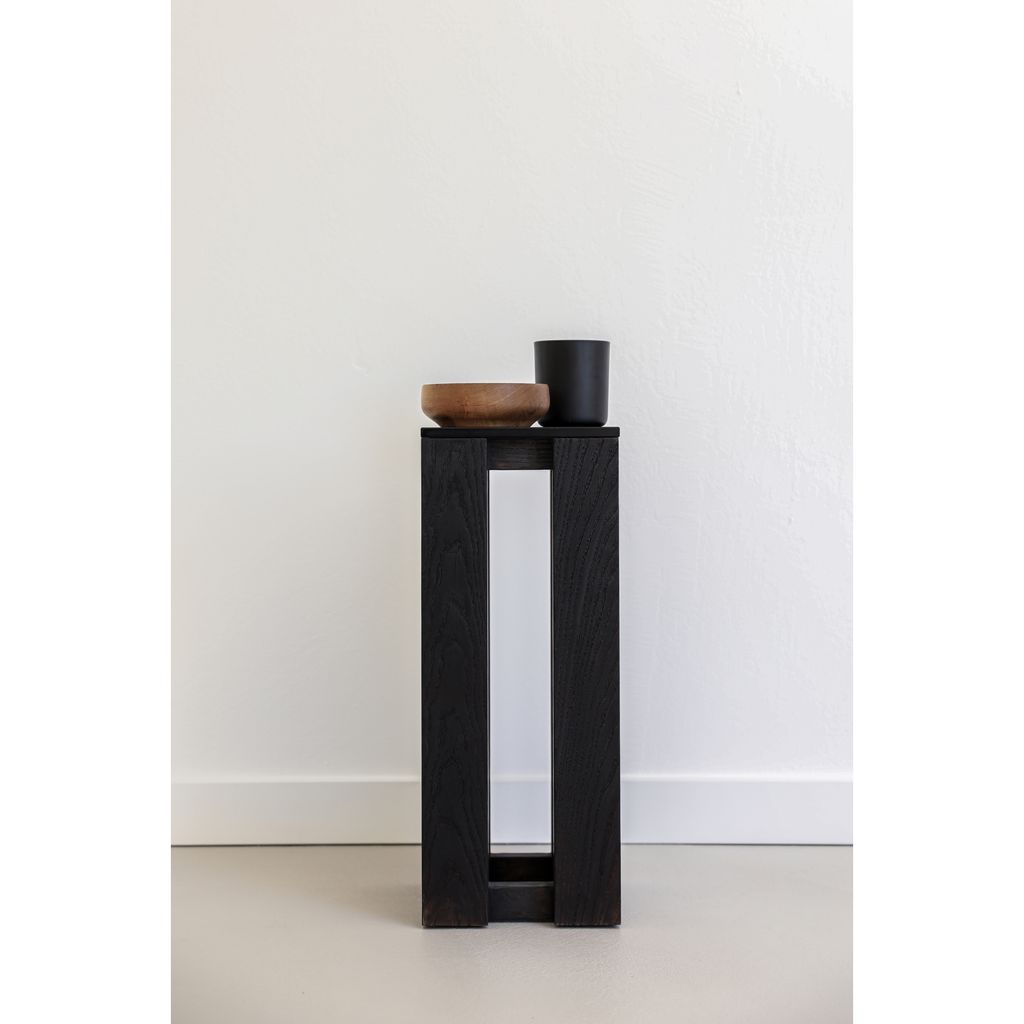
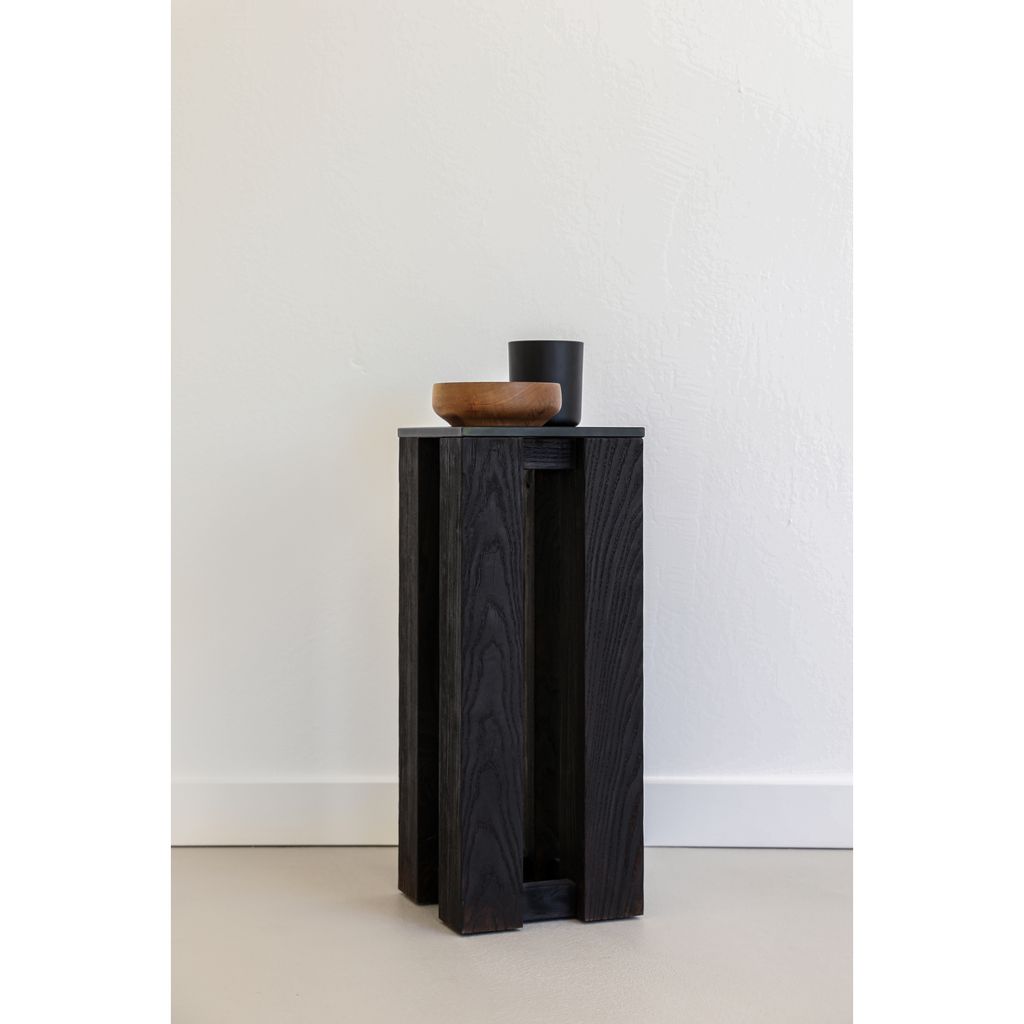
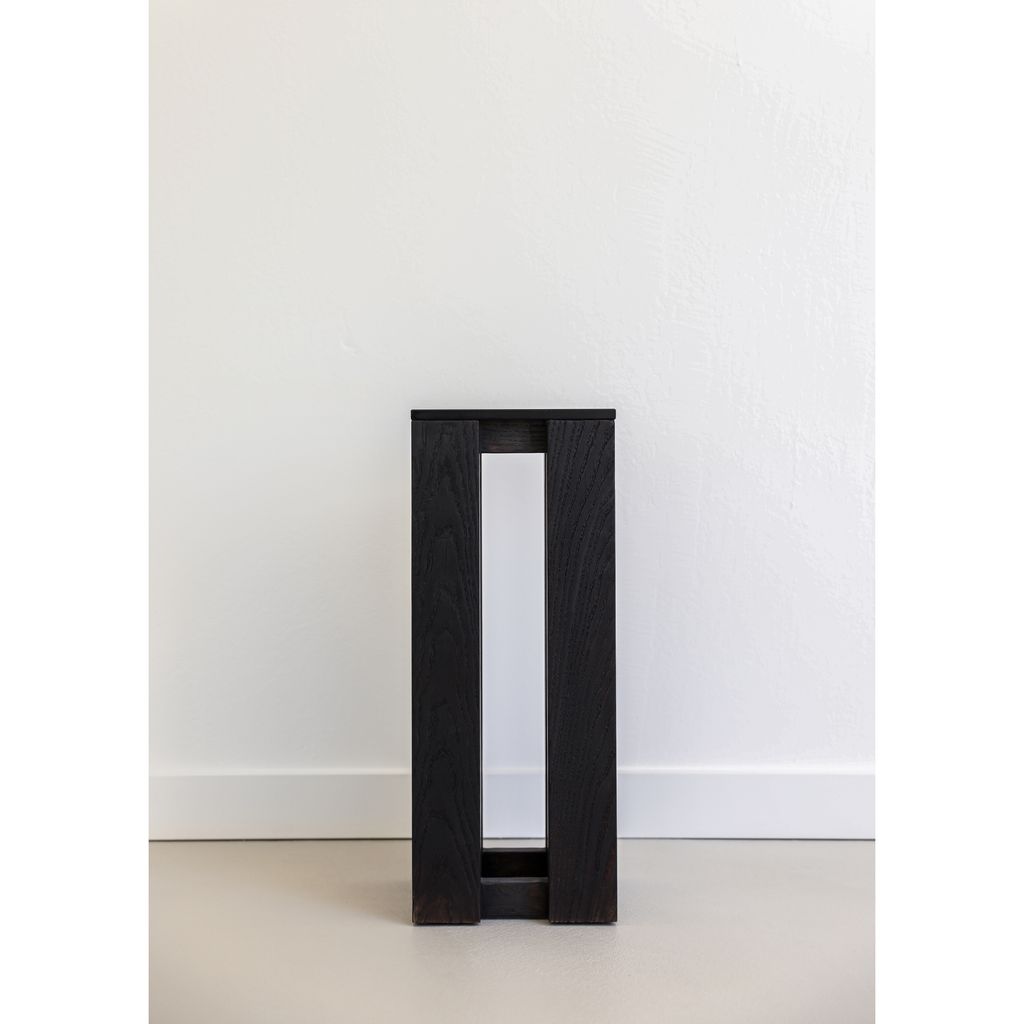

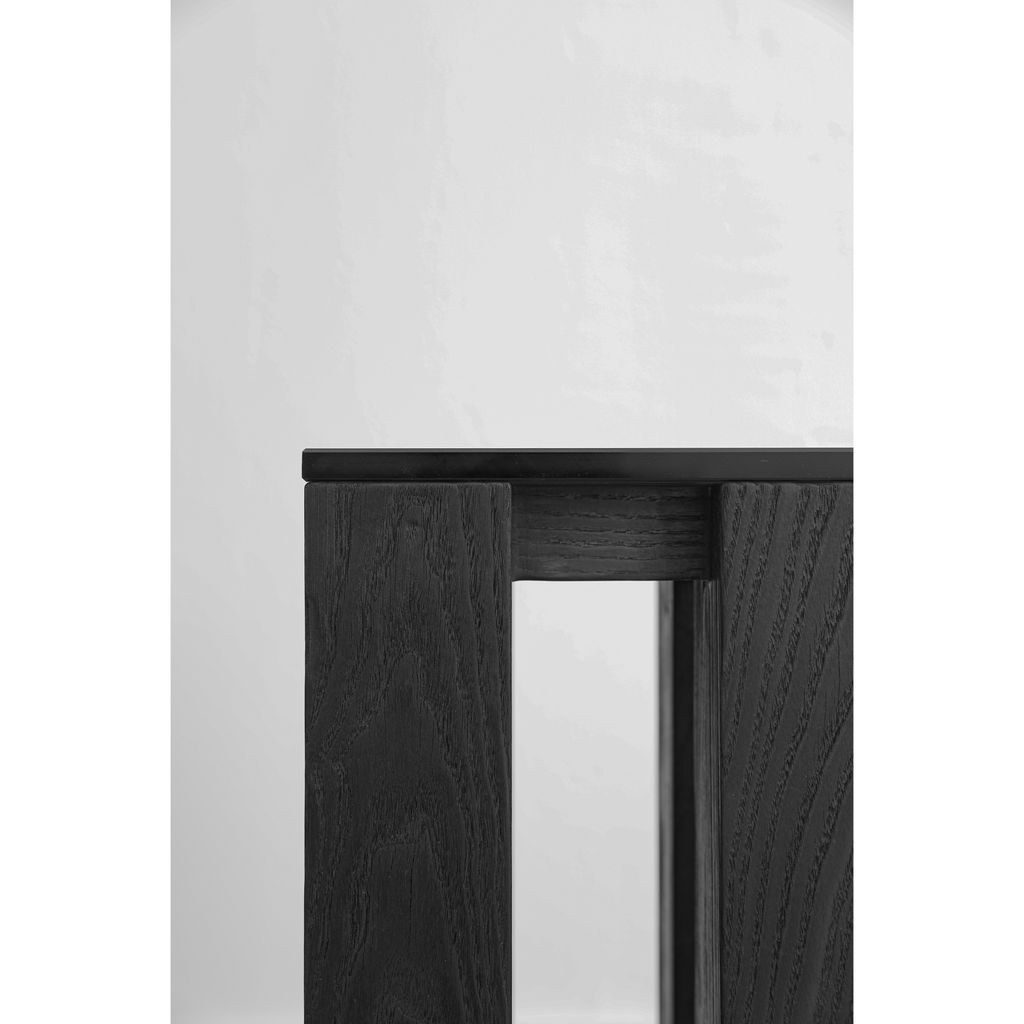
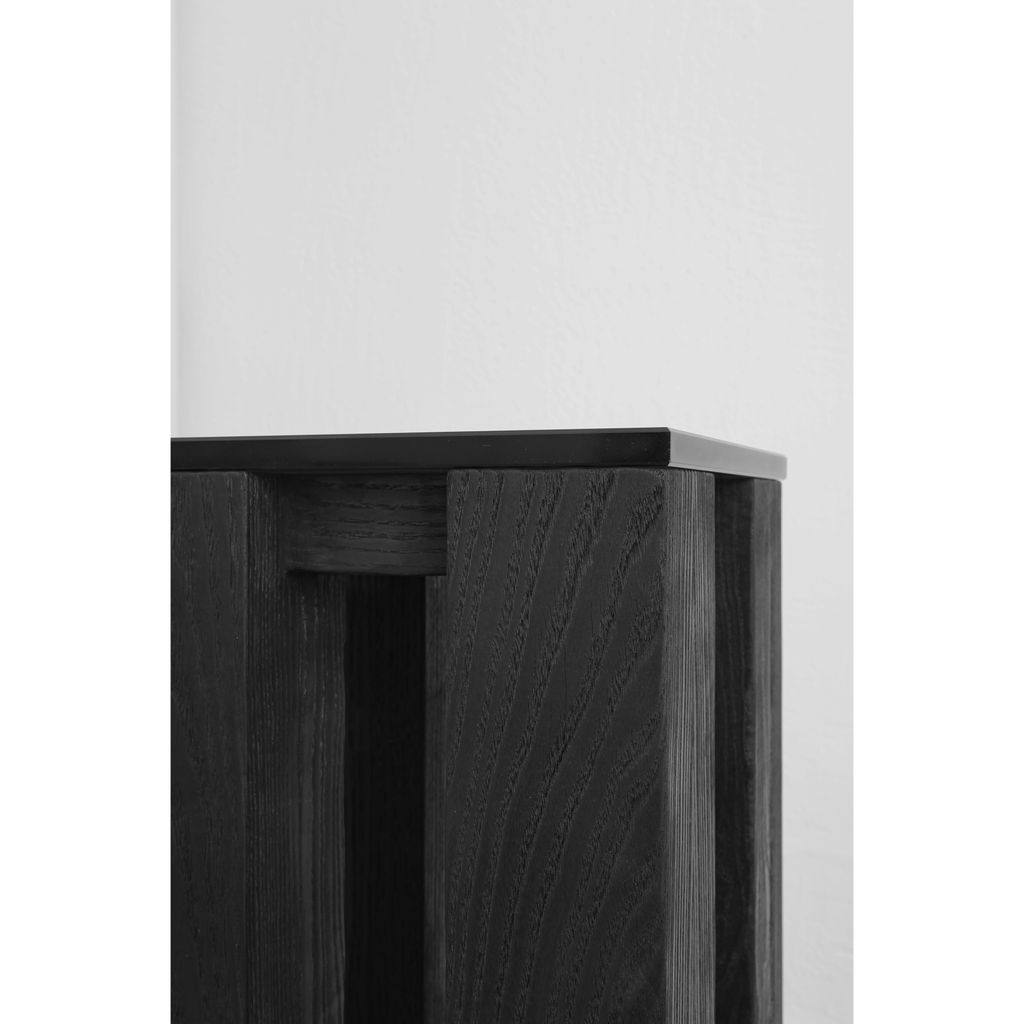
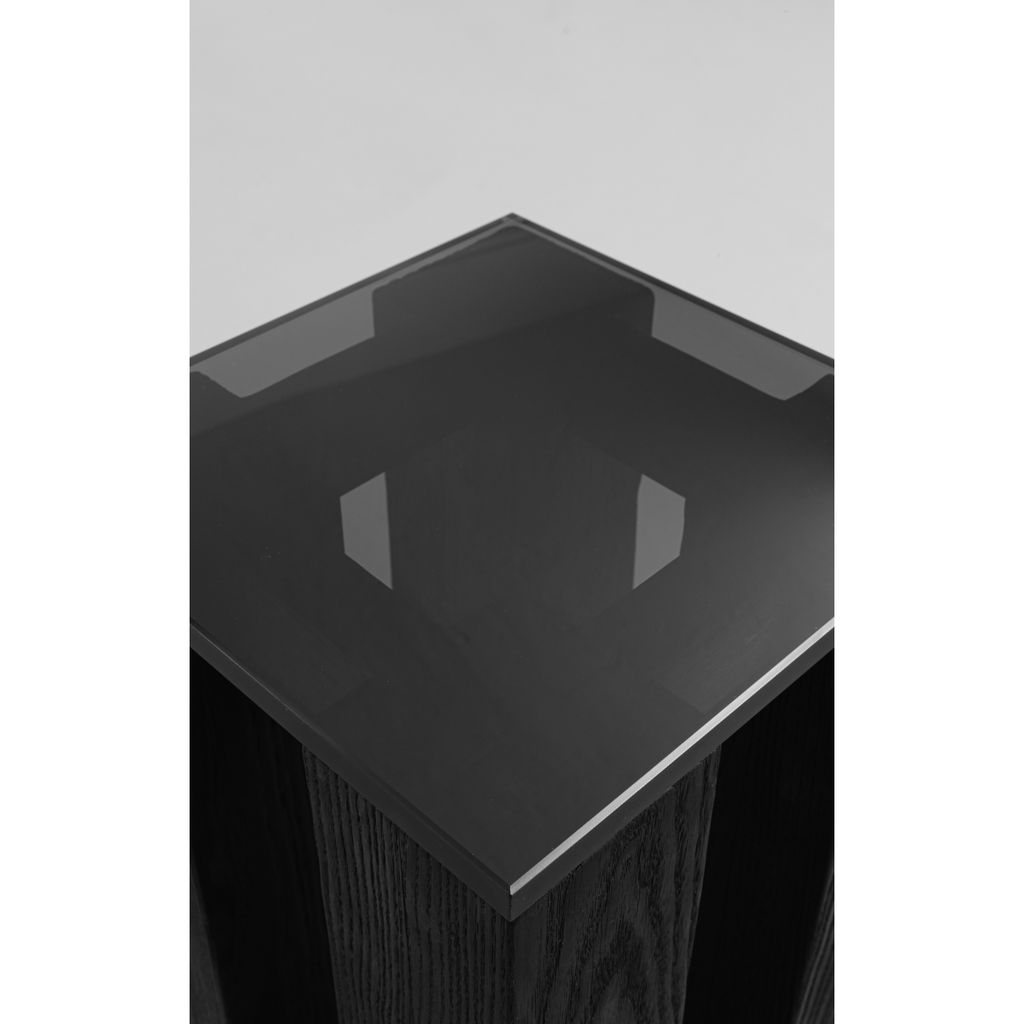
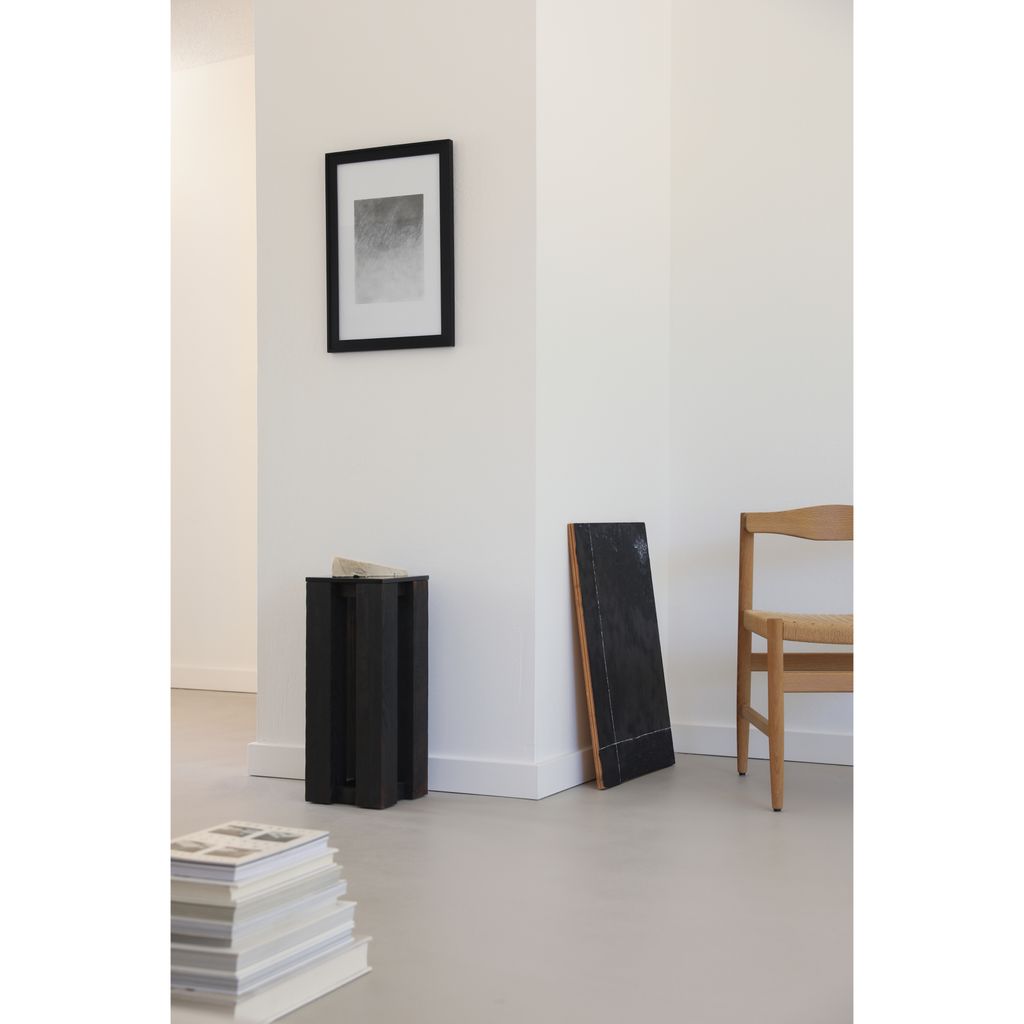
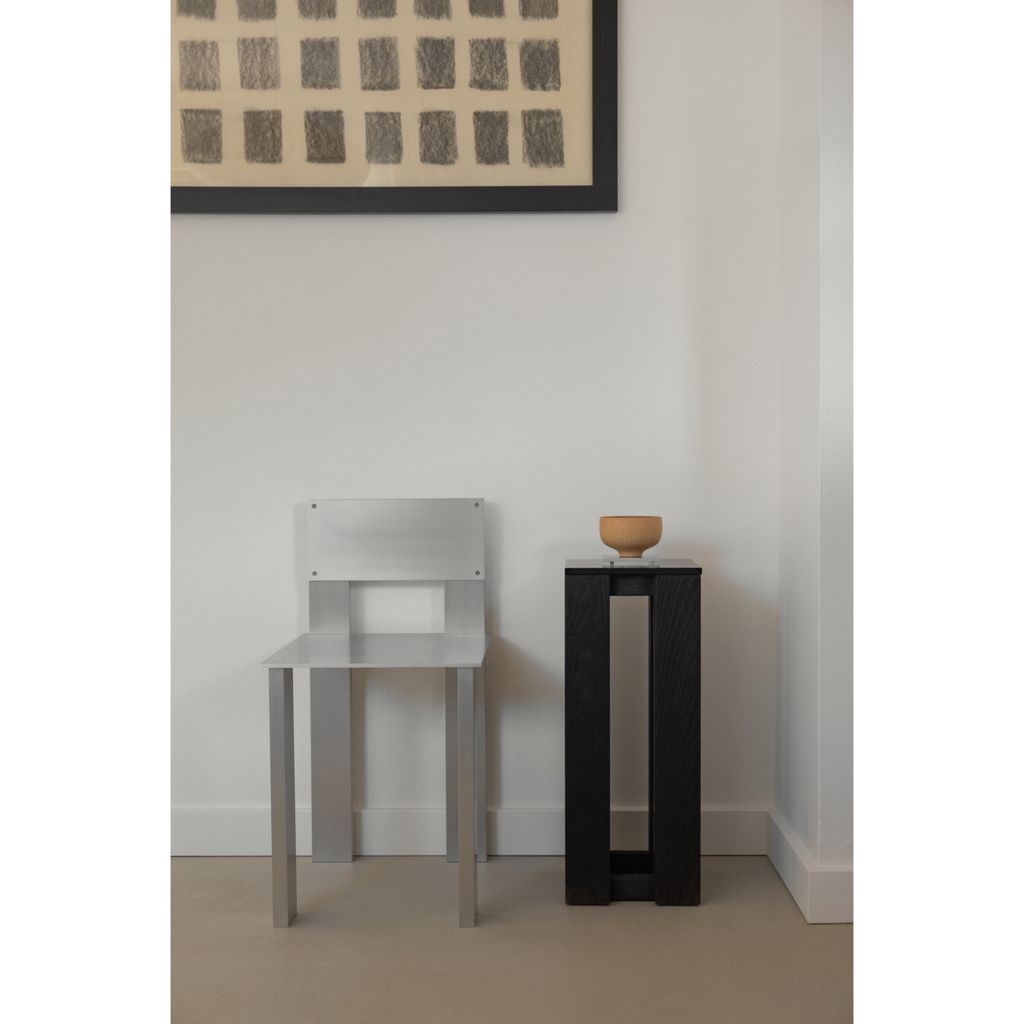
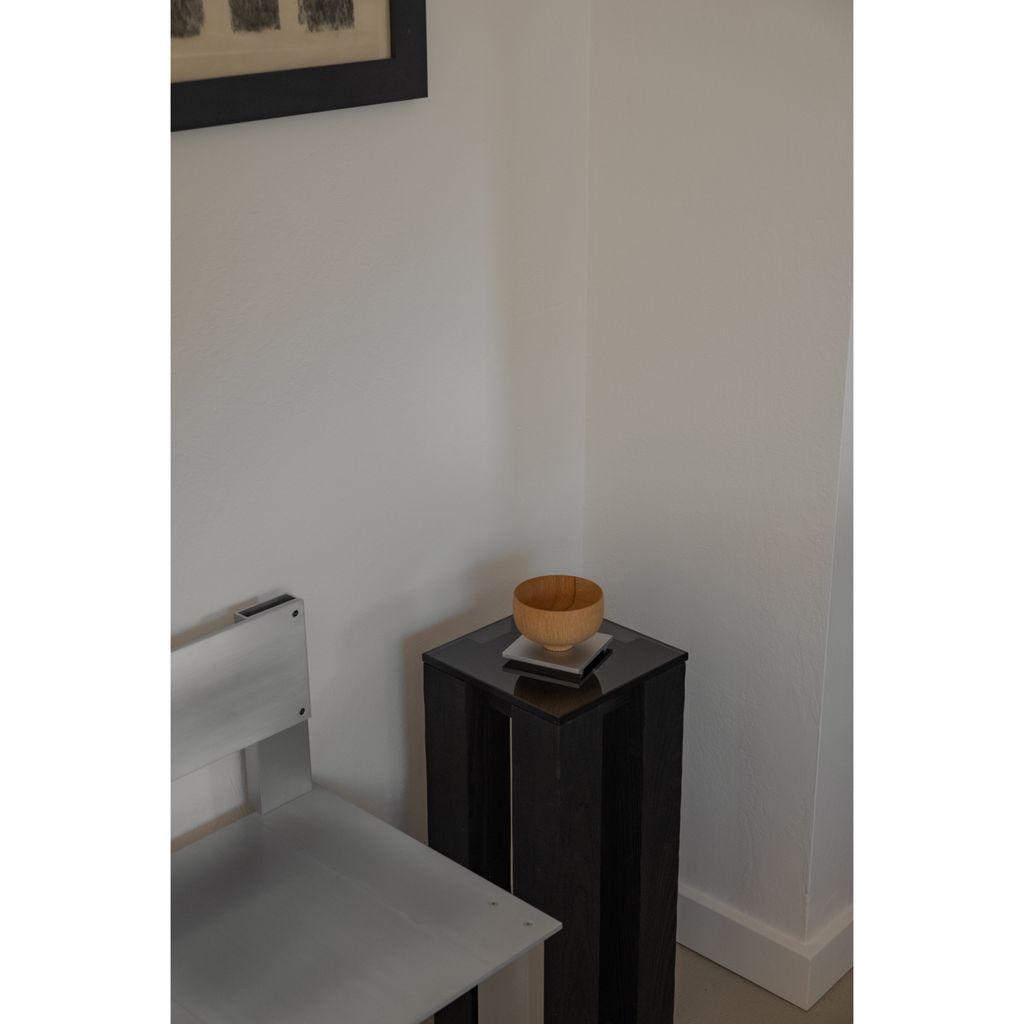
- Custom Quote
- Members only
- Description
-
T-03 was designed to harness opposites: light and dark, solid and void, an exercise in juxtaposition. Inspired by the framework of large scale concrete buildings (pillars/joists) as well as the perfect grid patterns found in many architectural plans, the table employs a system of 4 equal “pillars”, and 8 “joists” that position the pillars a distance from each other that is equal to the pillar itself. In a bright room, the negative space is obvious, however as the sun sets and the room darkens, it becomes more difficult to pick up on the nuances, transforming into one monolithic black plinth. Built out of solid Ash, the black coloring is not a stain, rather the wood has been torched over and over to achieve this color. The repeated torching creates an exceptionally dynamic and rich color. Direct sunlight reveals its true tones, not quite black, an intense brown that’s just shy of black. This depth and richness cannot be achieved with dyes. Additionally, the torching removes the soft grain of the wood, resulting in a highly textured surface. These nuances can only truly be experienced up close, creating a uniquely intimate relationship. A thick glass top completes the piece and allows the joinery methods used to remain obvious.
- Measurements
-
9” L x 9” W x 22” H
- Condition
- New
- Material
- Ash Wood, Glass
- Seller
-
studio orlando pippig
Orlando Pippig is a self taught furniture / object designer currently based in Southern California. For the last 8 years, he’s been designing and fabricating high end furniture, centered around solid wood and metal. In 2020 he opened his own studio. His personal designs are rooted in visual simplicity that’s driven by form, with a strong focus on highlighting specific materials. Drawing inspiration from many sources; nature, sculpture, industrial environments, architecture, he finds ways to mesh these separate sources into singular expressions. His work is influenced by systematic iteration, working individual concepts into multiple designs to create a linear progression. The design process favors an engineering approach, the goal of fully understanding connection methods and how to best implement. These thinking patterns result in furniture that holds superior strength and a genuine form.
